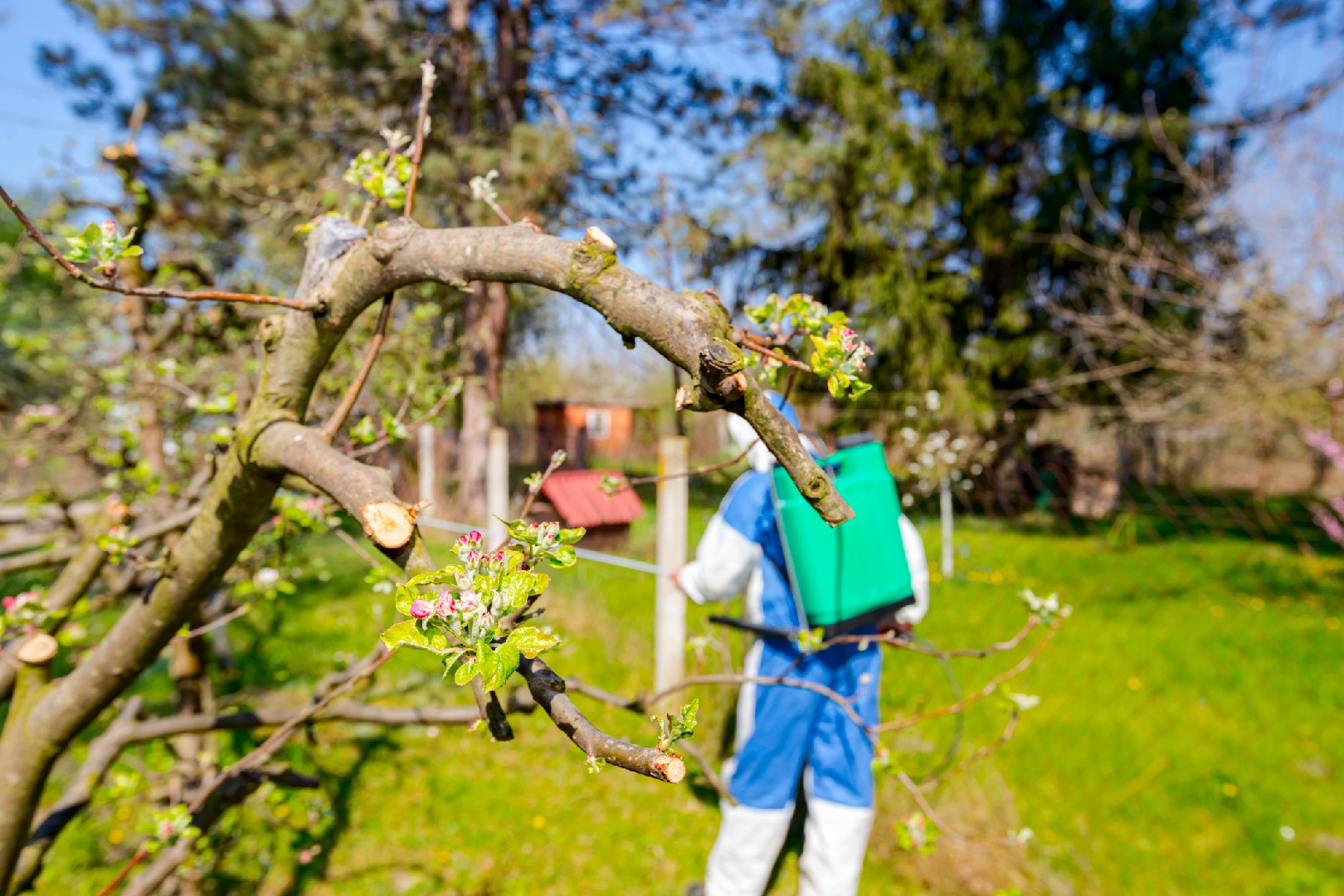![Rectangle]()
Step 2: Setting Up Action Thresholds and Monitoring
Setting up action thresholds and monitoring is a crucial step in establishing a successful integrated pest management (IPM) plan in your garden. Action thresholds serve as guidelines to help you determine when intervention is necessary based on the presence and severity of pests. Monitoring your garden regularly allows you to detect the first signs of pest activity and take appropriate action before the situation worsens.
To set up action thresholds, you need to consider the specific pests that commonly affect your garden. Different pests have different levels of tolerance, so it's important to know what constitutes a significant population for each pest. This information can be obtained through research or by consulting with local gardening experts. Once you have a clear understanding of the action thresholds for each pest, you can establish a plan to take action when those thresholds are exceeded.
Monitoring your garden for pest activity involves regular inspection of plants, soil, and other areas where pests may hide or cause damage. Visual observation is one method of monitoring, where you physically inspect your plants for signs of pests, such as chewed leaves, wilting, or discoloration. However, not all pests are easily visible, especially at early stages, so it's important to use additional monitoring methods.
One effective method of monitoring is the use of sticky traps. These traps are sticky surfaces that pests get stuck on when they come into contact with them. By strategically placing sticky traps in your garden, you can capture a wide range of insects and assess their population size. Regularly checking and counting the trapped insects can help you determine if the population is reaching or exceeding the action thresholds.
Another valuable monitoring technique is pheromone traps. Pheromones are chemicals that insects release to communicate with each other, usually related to mating. Pheromone traps are designed to attract specific pests by mimicking these chemical signals. By setting up pheromone traps that target the pests you are concerned about, you can monitor their presence and keep track of their population levels.
Moreover, it is essential to document and record your monitoring results. This will help you track changes over time, identify potential patterns or trends, and make informed decisions about the need for intervention. By creating a monitoring log, you can easily refer back to previous data and compare it with current observations.
Remember, the goal of monitoring is to act proactively and prevent pest problems before they become severe. If you notice pest activity approaching or exceeding the action thresholds, it's time to take prompt action. Integrated pest management offers multiple methods of intervention, including cultural practices, biological controls, and targeted pesticide applications. It's important to choose the most appropriate and least harmful method for your specific situation.
By setting up action thresholds and vigilantly monitoring your garden, you can effectively manage pests and maintain a healthy and thriving garden. These practices not only help reduce the need for chemical interventions but also contribute to the overall sustainability and biodiversity of your garden ecosystem. Stay proactive, stay informed, and enjoy the rewards of a successful integrated pest management plan in your garden.





